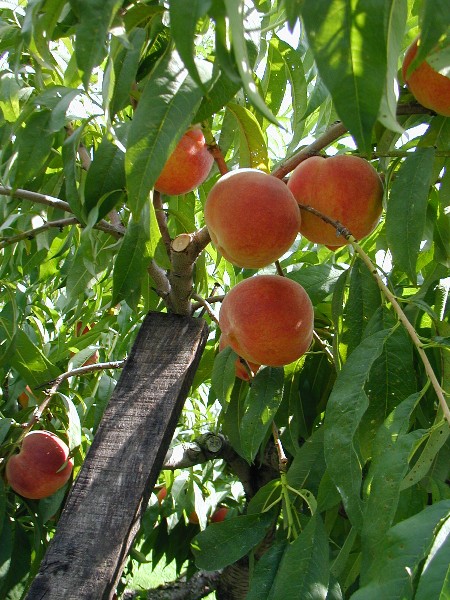
Thursday, 20 January 2011
New Year of the Trees

Tu B'Shevat. The 15th of Shevat. The New Year of the Trees. This minor Jewish holiday generally falls on the second full moon before Passover, or, in a leap year, on the third full moon before Passover. In this, the Jewish year 5771, if figured in the Gregorian calendar it occurs from sunset on January 19 until nightfall on January 20, 2011.

Customs include the planting trees (think of it as a sort of Arbor Day) and eating dried fruits and nuts, especially figs, dates, raisins, carob, and almonds. In Israel, the flowering of almond trees which grows wild around the country coincides with Tu B'Shevat.

The age of fruit trees is figured from when they are planted in relation to the holiday. Planted the day before, and they will suddenly be a year old on the following day. Planted a day after the holiday and the year must cycle around until the holiday returns. Does this matter?
The simple answer is, yes, it does. The fruit from the first three years of a tree's growth should not be eaten. The fourth year's fruit is given as a tithe. Only when a tree is fruiting in its fifth year shall the fruit be harvested and enjoyed.

Here in New Jersey the ground is white with snow and trees are locked in winter's icy grip. Each day is another day closer to Spring and our orchards will, again, eventually, also be in bloom.